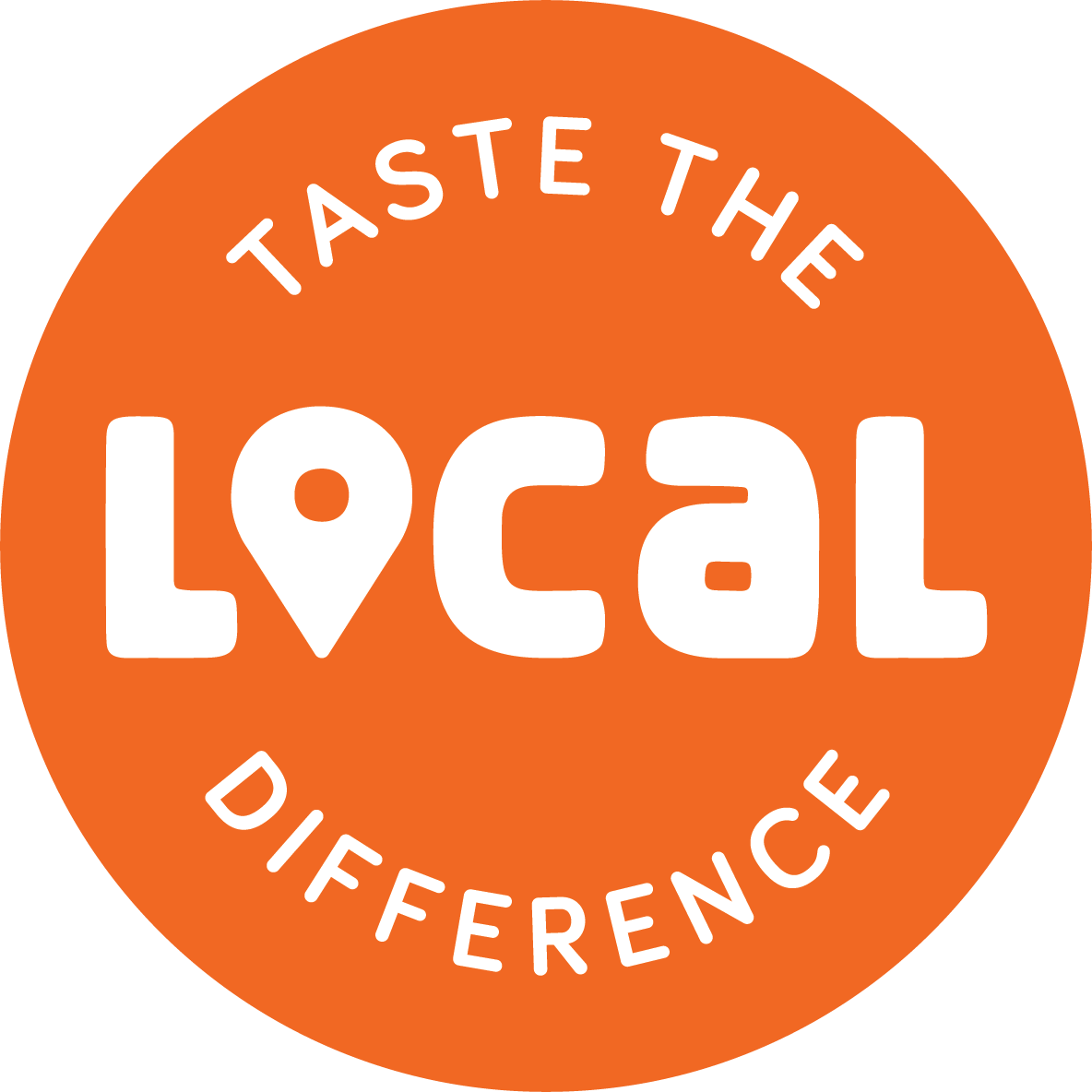It’s safe to say the loose regulation on food labeling in the US has increased at the expense of the consumer. From deceiving packaging sizes to green-washing (where products marketed to look eco-friendly are actually not so), the average consumer has reason to raise an eyebrow. Learning the current federal regulations in place on organic labeling can help you make an educated decision when you are shopping at the grocery store.
What is organic?
Organic foods are those grown or raised (and subsequently processed) without the use of synthetic pesticides or fertilizers, hormones, or GMOs (genetically-modified seeds). Organically certified produce must be grown on soil that had no prohibited substances applied for three years prior to harvest.
Animal product labels vary, with “certified organic” on beef meaning the cows had 120 days of pasture access during the grazing season, received no supplemental hormones, and were raised on a diet of organic feed. Similar requirements exist for sheep, pigs, goats, and poultry. However, there is no such certification for seafood, and the USDA does not take enforcement action against any seafood suppliers labeling their farm-raised fish as organic.
There are several categories of organic labeling for food products, each with specific criteria set by the Food and Drug Administration (FDA) and the United States Department of Agriculture (USDA). The Organic Foods Production Act outlines three categories for organic food products:

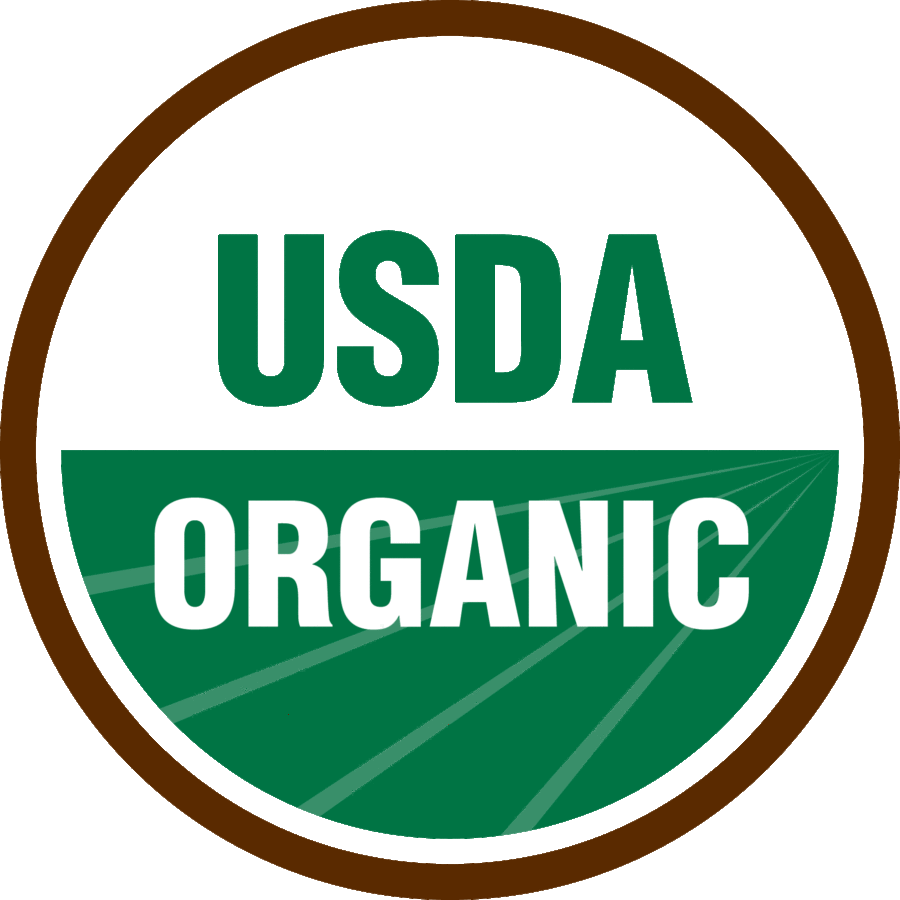
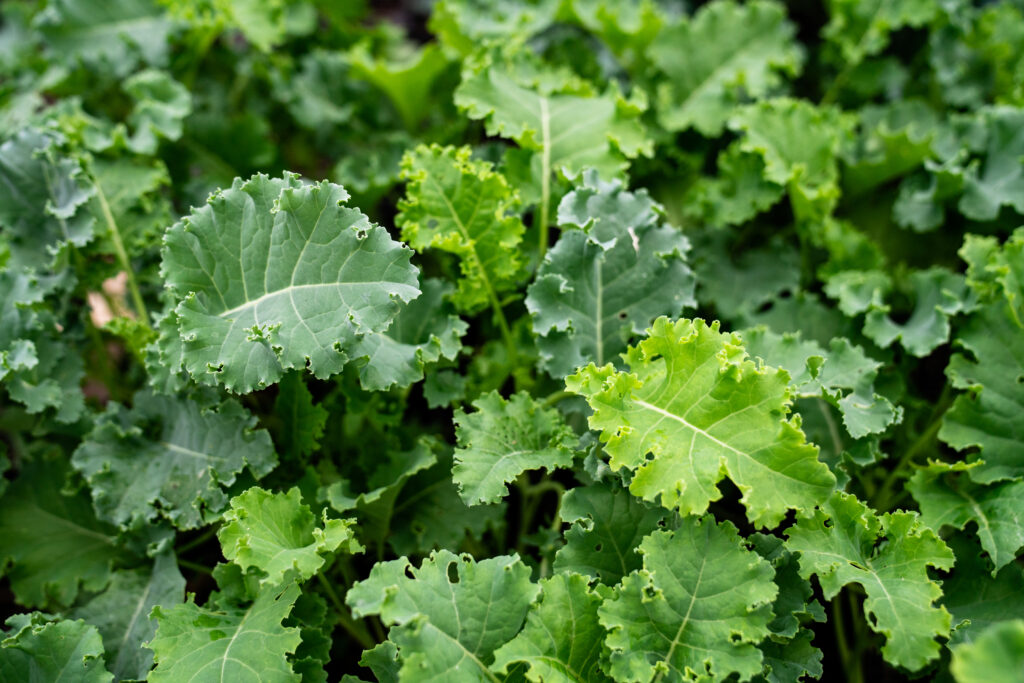
‘100% organic’
All ingredients must be certified organic, including any processing aids. The product label must state the name of the certifying agent on the information panel, and the USDA organic seal and/or the claim “100% organic” may be included. Organic ingredients must be identified.
‘Organic’
All agricultural ingredients, except those on the National List, must be certified organic. The product label must state the name of the certifying agent on the information panel, and the USDA organic seal and/or the claim “organic” may be included. Organic ingredients must be identified.
‘Made with organic ingredients’
At least 70% of the product must be made up of certified organic ingredients. The remaining ingredients are not required to be organically produced but must be produced without excluded methods. Non-agricultural products must be allowed on the National List. The product label must state the name of the certifying agent on the information panel but cannot carry the USDA seal. Products with less than 70% certified organic ingredients may still be labeled as having “organic ingredients”.
Other Labels
Poultry Labeling
Meaningful certifications (or lack thereof) aren’t limited to the FDA or USDA. The label “free-range” (which applies only to chickens and does not extend to eggs) means the chickens have access to the outdoors, but this certification from the USDA lacks any defined amount of exposure – or even whether they actually go outside.
The “certified free-range” label by the Humane Farm Animal Care (HFAC) organization’s Certified Humane program requires each bird to have 2 square feet of space and be outside at least 6 hours a day (weather permitting, and seasonal for some regions). The HFAC also offers a “pastured-raised” label that requires a minimum of 108 square feet per bird with year-round outdoor access.
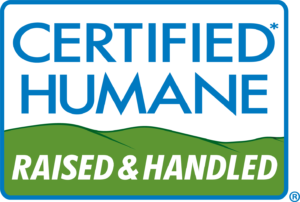
Livestock Product Labels
Many animal products are labeled as “farm-raised,” but this only rules out wild-caught animals (specifically game animals and some seafood), as anywhere animals are raised in a controlled setting is a farm. While intended to evoke the image of a pastoral setting, it can also mean sprawling factory farms, regardless of the packaging’s imagery.
The term “hormone-free” depends on the product being labeled. The FDA allows for some steroids in the raising of cattle, sheep, and fish but disallows the use of supplemental hormones in poultry. This label is useful for beef, mutton, and seafood, but it has little meaning on poultry.
GMO-Free
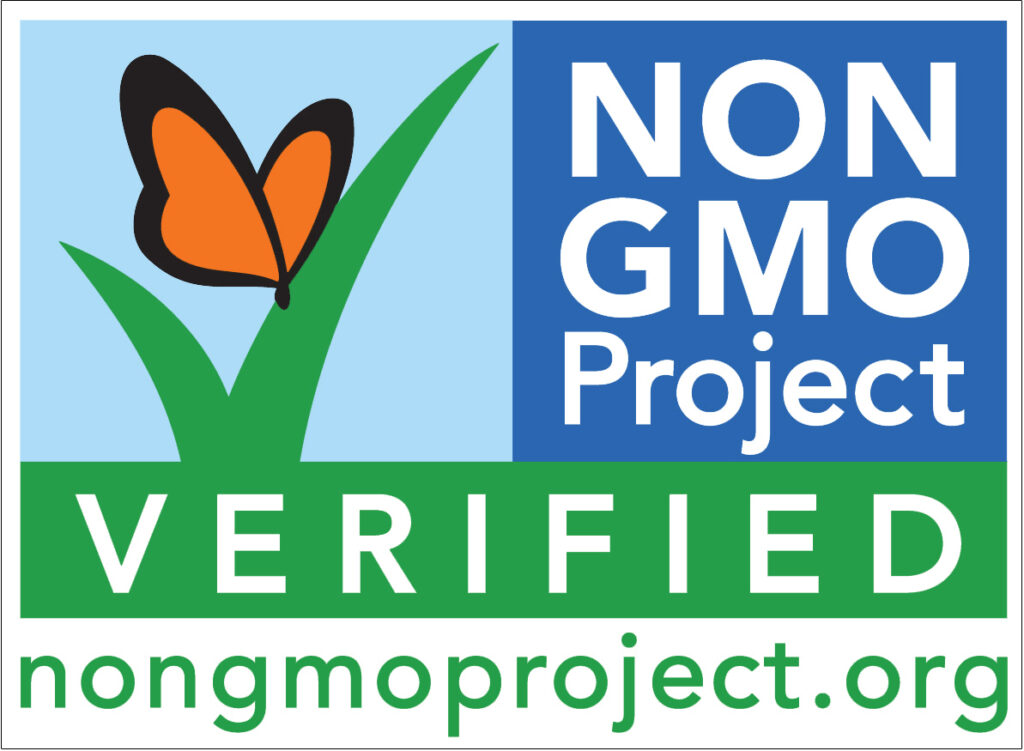
“GMO-Free” refers to Genetically Modified Organisms (GMOs), or crops that have been subjected to genetic engineering. GMO-free labeling is regulated and indicates that the product does not contain genetically modified organisms. This restriction extends to animal feed (so regulated beef cannot come from a cow fed GMO corn). Being GMO-free, however, does not necessarily mean that the product is organic, as it does not exclude the use of synthetic pesticides or fertilizers not authorized for use in organic products.
A Word to the Wise Food Shopper
As for products labeled as “natural,” there is no regulation around this term, meaning it can be used in any way without having any criteria to meet. ‘Natural’ is more of a marketing term than implying any sort of regulation.
Keep in mind that these labels are most relevant at the grocery store. Forging connections with your local farmer at your closest market is a great way to learn about the growing practices utilized in your community. You can also find Michigan USDA Certified Organic or Free Range farms using our Find Food and Farms Database!
In a world where consumers are becoming increasingly health-conscious and environmentally aware, understanding the nuances of organic labels can not only ensure that individuals are making informed purchasing decisions, but also support the growth of a more sustainable and ethical food system.
Lily Venable is the former Social Media Coordinator for Taste the Local Difference.
